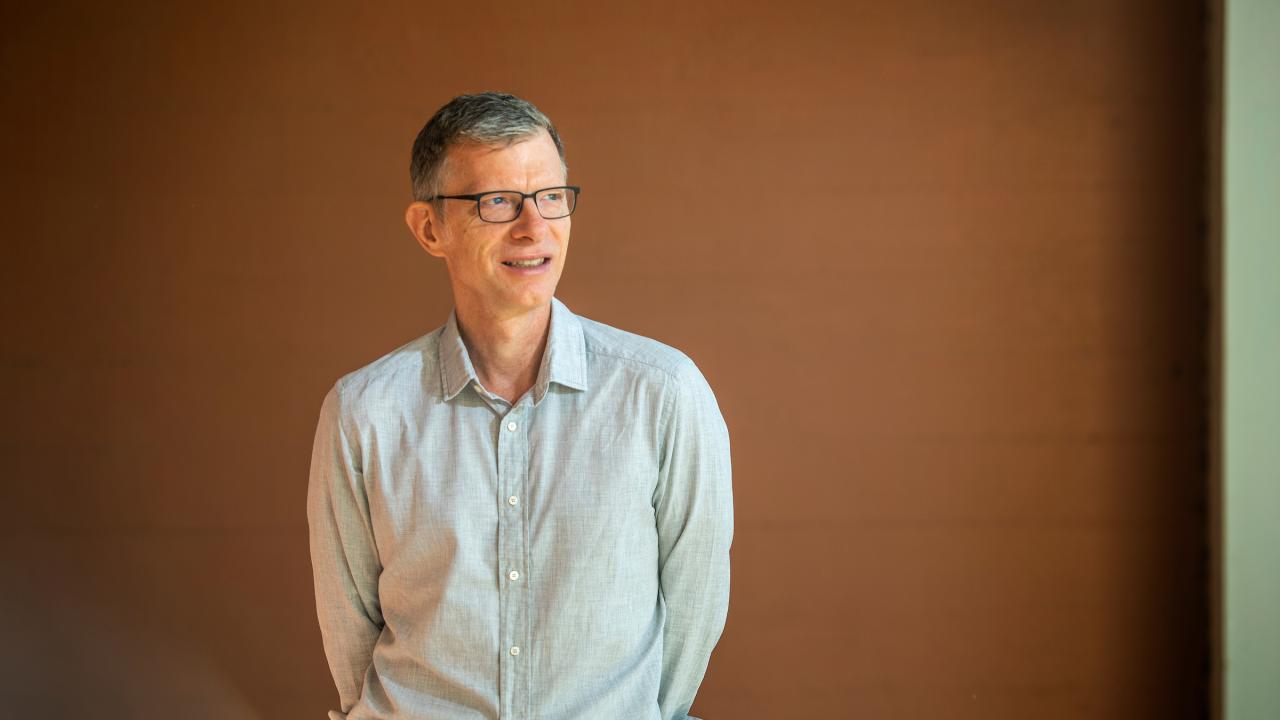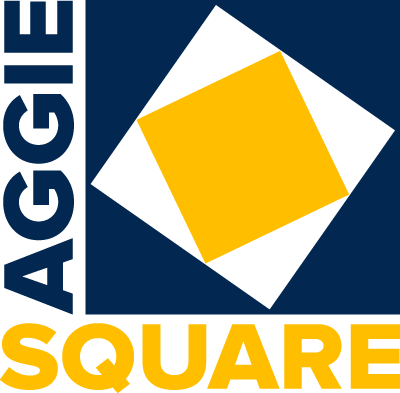
Aggie Square Puts the Focus on Talent
By John Marx
Although there are lots of ways that UC Davis makes a difference in the greater Sacramento region, probably our biggest impact derives from the talented graduates educated in our academic programs.
If you read around in the literature on “innovation districts” like Aggie Square, you’ll see frequent mention of the role universities play as talent generators and as talent magnets. Which is to say: universities produce graduates who improve the health and welfare of their regions, draw new talents as companies move to be closer to what’s happening at the university, and generate opportunities for talent in surrounding neighborhoods as well.
We think Aggie Square will be a focal point for that dynamic process, and that the impact on our region will make our whole university a more exciting place to be, even in the parts of it that you don’t necessarily think of as having a stake in an innovation hub next to a medical school.
There are two immediate ways that the planning of Aggie Square is already putting an emphasis on our role as a regional talent generator.
First is the ability to focus on specific needs. As readers of this column know, Aggie Square is planning to be the new home for what may well be the university’s most responsive academic division: the School of Continuing and Professional Education. Because CPE is so plugged into the region, it is able to forecast where the new jobs will be and to build educational programs that help people get them.
Second is the ability to think bigger and to think again. Spurred on by the example of CPE, the Aggie Square team has been trying to be nimble itself. We are asking questions about how to better collaborate with regional academic partners like Sacramento State University and the Los Rios Community College District. We are thinking about how the experiential learning emphasis of Quarter at Aggie Square might feed into big ideas like the campus-wide Aggie Launch project, which strives to support “internships, co-ops and other forms of experiential learning that are critical to student empowerment and defining future career opportunities” in Sacramento and beyond.
We are discovering, in short, that we are finding opportunities to bring groups of people together from campus and from surrounding institutions of higher education to have conversations about how we all can contribute to an educational ecosystem that provides greater benefit to the region.
I want to be clear that although the obvious emphasis of Aggie Square is on biomedical talent, given the project’s location right next to the schools of medicine and nursing as well as the hospital, that’s far from the limit for our talented graduates.
Look across the array of degree programs at UC Davis and you’ll see graduates who succeed in myriad careers and with the kinds of skills that employers want — ranging from STEM training to the leadership experience, emotional intelligence, and global literacy mandated in the diverse and fast-moving 21st-century workplace.
I write this with the experience of working with students and alumni from my home discipline of English who have gone on to become tech entrepreneurs, doctors, and veterinarians as well as teachers, journalists, and lawyers. According to national statistics, more than half of English BA holders have jobs within the broad category of “management, professional, and related occupations.” (That English major could be your boss.)
The point is that UC Davis “talent” is as broad as the range of programs from a major comprehensive research university and our impact as a result is just as wide.
We are already the UC that serves the capital of California and are inextricably intertwined with the institutions that sustain our region — from its schools where Davis graduates teach to its hospitals, businesses and museums. Aggie Square can be a focal point that makes clearer than ever how our curiosity as researchers and mentoring as teachers feeds the region.
This is where the talent magnet part of the equation comes in. Conceived more narrowly, Aggie Square’s start-up culture, biomedical research power and industry partnerships can be a counterweight against the pull of Silicon Valley. The research firm Economic and Planning Systems expects Aggie Square development to add in the ballpark of $5 billion annually to the regional economy each year and support 25,000 ongoing jobs. Sacramento is already appearing on lists of cities benefiting from an exodus of talent out of the Bay Area. We’re betting Aggie Square will accelerate that process.
Conceived more broadly, Aggie Square’s aim is to bring the university’s research and creative talent to bear in improving lives across the region and in the neighborhoods right next door to our health campus. This “Anchor Institution Mission” is proudly proclaimed on the UC Davis Health website, which charts a path toward “a self-sustaining and vibrant region, including such markers as accessible and culturally responsible healthcare, good jobs, and safe and affordable neighborhoods with access to exercise and nutritious food.” Healthy neighborhoods, it hardly needs saying, are the foundation for sustainable economic growth.
Talent is what makes innovation happen, whether that means innovation in a lab or innovation in community engagement and support. Aggie Square is being built to catalyze both.
